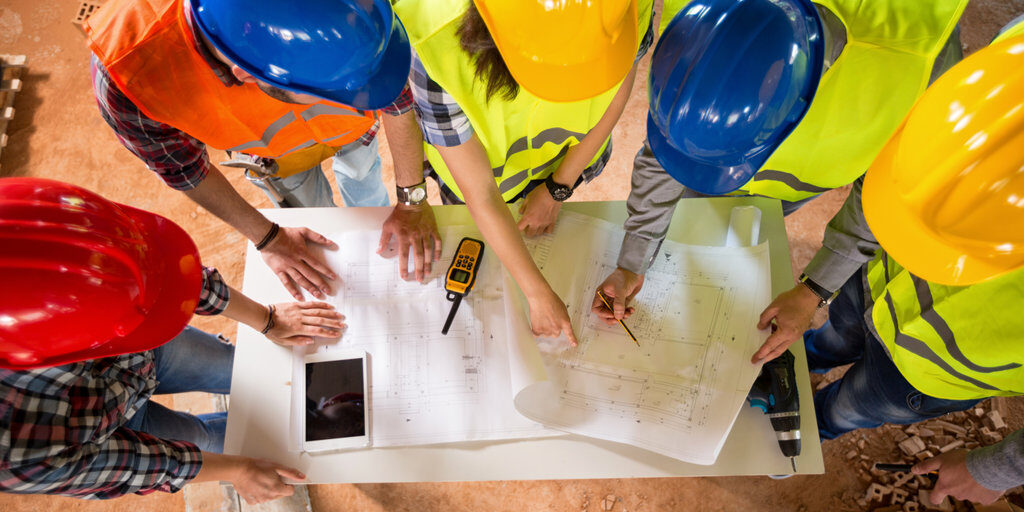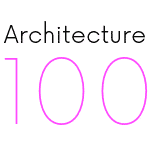
They go by many names: working plans, detailed drawings, specification plans, technical designs, engineering drawings. For our purposes we will refer to them as working drawings. So, what are they and why are they important?
A how-to manual for the builder
Working drawings form an additional layer(s) of detail over the planning-approved drawing, structural and building regulation drawings. They show the dimensional detailed specifications about every aspect of the build. Done properly, they should read as a how-to manual for the builder on site.
In the coming pages we dive deeper into the specifics of each area, but in brief, you can expect to see detail on a good set of working drawings: electrical first and second fixings; mechanical first and second fixings; joinery and ironmongery; fenestration; roofing and trims and a raft other things from soundproofing to tiling and flooring to décor.
They minimise uncertainty and expense
Working drawings are critically important to the success of your house extension because they constitute a physical harmonization between your expectations of what the end product should look like, and that of the builder’s. They will be thrashed out between you and your architect, ideally face to face. In this technical design session, your architect will make it obligatory that you to decide as much as possible ahead of the physical build. The benefit of this is that the more you pin down in advance then the less chance of variance later. Where there is variance there is uncertainty and uncertainty can be costly.
Say, for example, that you and your architect deems it prudent to have USB ports integrated to all power points in the new study, but omits this decision from the working drawings. Now your builder goes ahead and supplies standard power sockets. Swapping them for USB-type face plates at this stage will mean another trip to the electrical merchants and time to swap out one unit for the other. So, a feature that should have cost £7/unit is now costing you double. Imagine that correction on something dearer than a plug socket.
The whole point of working drawings is to safeguard as few chinks in the armour as possible and minimise the risk of expensive miscommunications between you and your team.
Working drawings can increase the accuracy of builders’ quotes
A further benefit of working drawings is the direct correlation between quality of drawings and quality of quotes you receive from prospective builders. By taking the time to unerringly think through what you want in your extension, you take out the guesswork and so increase the accuracy with which your builder can price the job. This empowers you to set your build budget with far higher confidence, as you’ve reduced the chance or cost-creep and scope-creep after you lock-in with your chosen builder.
Now you know what working drawings are and why they are important. They contain detailed specifications on all aspects of construction and serve as a de facto instruction manual for your builder to follow. Good quality working drawings form a tangible bridge between what is hitherto theory, and the work site, forming a keystone to a successful build phase.
